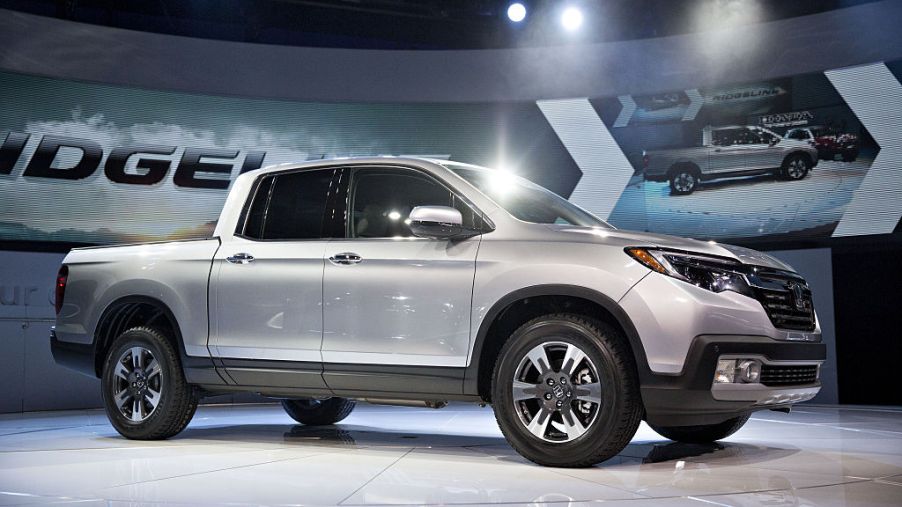
The Safest Pickups on the Road in 2019
Anytime someone gets into their vehicle to go someplace for work, pleasure or some other personal business, they have to trust that they will arrive at their destination safely. Unless your drive is particularly dangerous, part of that trust is their vehicle will protect them in the event of a crash.
Vehicles undergo rigorous testing by the Insurance Institute for Highway Safety otherwise known as IIHS. The Highway Loss Data Institute, HLDI, supports IIHS by analyzing insurance data to determine the actual human and economic losses associated with ownership of different types of vehicles. The results of these tests and data evaluation are widely publicized for cars but pickup statistics aren’t as popular.
That’s why today we’ll review a few of the highly-rated pickup trucks and explain the process of these tests.
IIHS tests explained
In order to earn an IIHS Top Safety Pick, a vehicle must have at least “acceptable” or “good” ratings for various frontal overlap and side crashes as well as roof strength and head restraint tests. It will also need to have “advanced” or “superior” ratings for front crash prevention and “acceptable” or “good” headlight ratings.
To qualify for a Top Safety Pick+ some of the above ratings are bumped up a level while others do not change.
IIHS small pickup tests
For 2019, Ford Ranger and Toyota Tacoma crew cab models tied for the top spot on the IIHS small pickup rankings. Both of these pickups received an “acceptable” rating for the small overlap front passenger-side crash as well as “good” ratings for small overlap front driver-side, moderate overlap front, and side crashes. Roof strength and head restraint and seat belt performance were rated “good” also.
The standard equipment, front crash prevention system in these pickups was rated as “superior.”
The only test preventing either of these trucks from receiving a Top Safety Pick rating is the headlights. Ford Ranger high and low beam headlight tests provided good visibility on straightaways and both sides of the road. Unfortunately, they were only fair to inadequate on curves resulting in an overall rating of “marginal.”
Toyota Tacoma high and low beam headlight tests resulted in “inadequate” ratings for both sides of the road on straightaways and curves on low beams. Most of the high beam tests except for a “good” rating on the left side of a straight road and a “fair” rating on a gradual right curve.
IIHS large pickup tests
The 2019 large pickup tests results show crew cab models including Nissan Titan, Ford F-150, Ram 1500, and Honda Ridgeline as well as the extended cab Ram 1500 topping the list with “good” and “acceptable” ratings for crash tests, roof strength and head restraint and seat belt categories.
In fact, the only model that missed the “good” rating for these categories was the Honda Ridgeline which received an “acceptable” rating for the small overlap front passenger-side crash test.
An optional front crash prevention system in all these models except the Nissan Titan received a “superior” rating.
Again it was headlight ratings in most of these trucks that prevented the trucks from receiving a Top Safety Pick award. Depending on model and trim level headlight ratings ranged from “poor” and “marginal” to “good.”
2019 IIHS Top Safety Pick in the pickup truck category
The only 2019 pickup truck to receive the coveted Top Safety Pick is the crew cab Honda Ridgeline with either TEL-E or Black Edition trim. The same truck in other trim levels does not meet the top standards due to “marginal” headlight ratings.
Other trucks came close with Ram 1500 and Ford F-150 performing better than the Honda in one crash category but again, “marginal” headlight ratings held both entries back.
The Nissan Titan never had a shot as it does not offer a front crash prevention system and as with all the other contenders’ “marginal” ratings for headlight-performance would have prevented the top award anyway.


